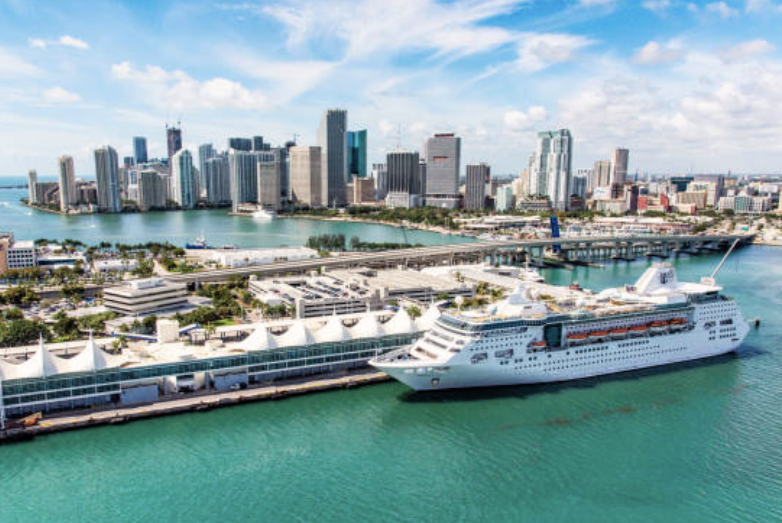
Posted on Thursday, November 21, 2024
Cruise ships are marvels of engineering, combining luxury, functionality, and cutting-edge technology. The construction of these colossal vessels is made possible by an intricate fabrication process that involves state-of-the-art metal fabrication machines. This blog provides an end-to-end walkthrough of the cruise ship fabrication journey, from raw material selection to the launch of the vessel. We also explore the specific machines and tools used at each stage, along with lessons learned and innovations in ship design.
The process begins with selecting raw materials, predominantly steel and aluminum alloys. These materials must meet stringent marine-grade requirements for strength, corrosion resistance, and durability.
Large sheets of steel are cut into structural components such as hull panels, decks, and bulkheads. Accuracy at this stage is critical to ensure a smooth assembly process later.
Shipyards assemble these pre-cut components into sections. Welding plays a crucial role in joining metal parts securely to create watertight and load-bearing structures.
To prevent corrosion and ensure durability, the assembled sections undergo surface treatments and are coated with marine-grade paint.
The ship’s sections are assembled into larger modules, which are then lifted and joined to form the hull. Outfitting involves installing piping, electrical systems, cabins, and recreational facilities.
The final stages include rigorous testing for structural integrity, water resistance, and performance. Once approved, the ship is ceremonially launched into the water.
Lessons learned from past projects emphasize the importance of early error detection and continuous training for operators of advanced machines.
A: Modular construction involves building large ship sections or modules offsite, which are then transported to the shipyard for final assembly. This technique improves efficiency and reduces construction time.
A: Challenges include managing the scale of the project, ensuring precise alignment during assembly, preventing corrosion in marine environments, and meeting strict safety and quality standards.
A: Robotic welders for automated tasks and arc welding machines for manual, intricate work are essential for ship fabrication.
Metal fabrication provides the foundation for constructing the structural components of a ship, ensuring strength, durability, and precision in the final vessel.
CNC machines offer high precision, reduce material wastage, and speed up the fabrication process, making them indispensable in modern shipyards.
This comprehensive case study showcases the power of advanced metal fabrication machines in revolutionizing cruise ship construction. From raw materials to the launch, every stage is a testament to human ingenuity and technological innovation, enabling the creation of floating cities that traverse the seas with elegance and efficiency.
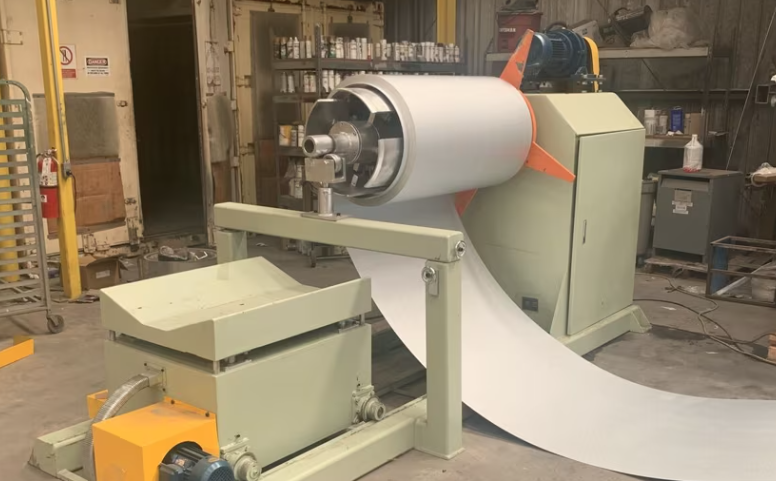
Understanding Coil IDs, Mandrel Sizing, and Shear Pin Safety in Uncoilers
Posted on Wednesday, October 1, 2025
Mismatched sizes can lead to machine damage, downtime, and safety hazards — often evidenced by a shear pin failure.
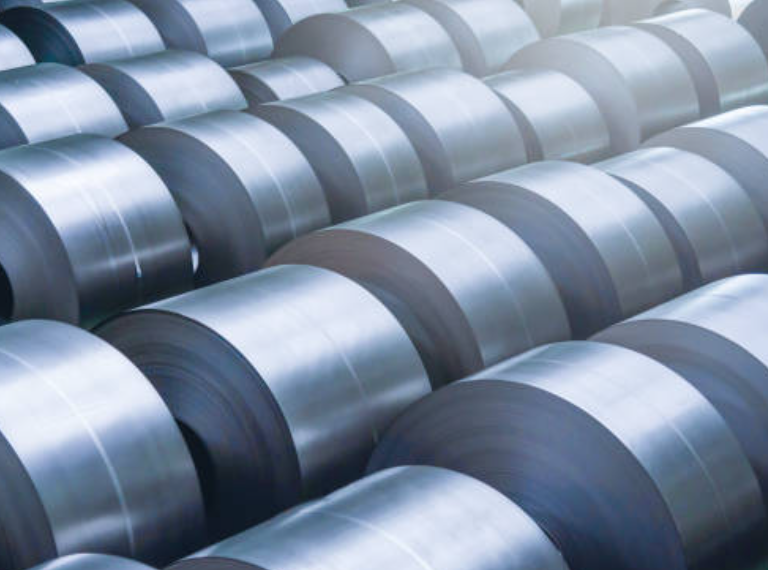
How Coil Tensile Strength Affects Roll Forming and How to Adjust Your Machine
Posted on Wednesday, October 1, 2025
Changes in tensile strength can significantly affect the finished profile, causing misaligned bends, uneven edges, and out-of-spec parts.
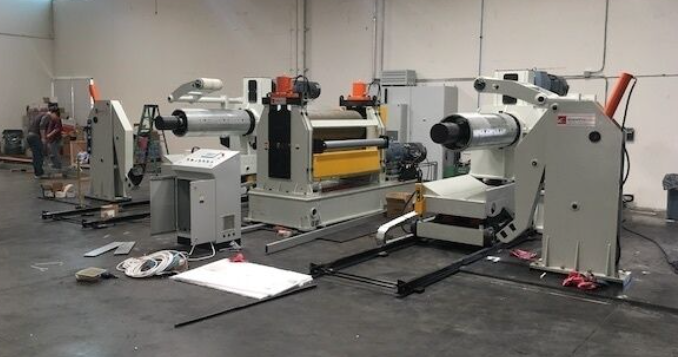
Why Paint Cracks on an Embossing Line Running Pre-Painted Coil and How to Prevent It
Posted on Wednesday, October 1, 2025
This issue not only affects the visual quality of the product but can also lead to increased scrap rates and customer complaints.
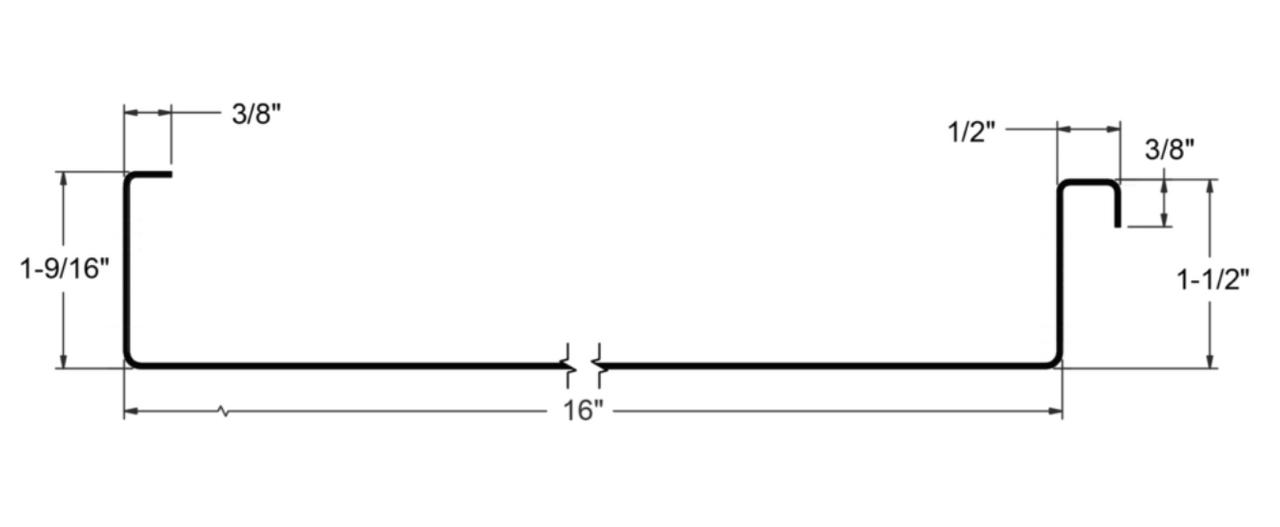
The Most Popular Standing Seam Metal Roof Panels in the U.S. — A Comprehensive Guide
Posted on Monday, September 29, 2025
In this post, we’ll explore what panel styles and sizes are most popular in the U.S